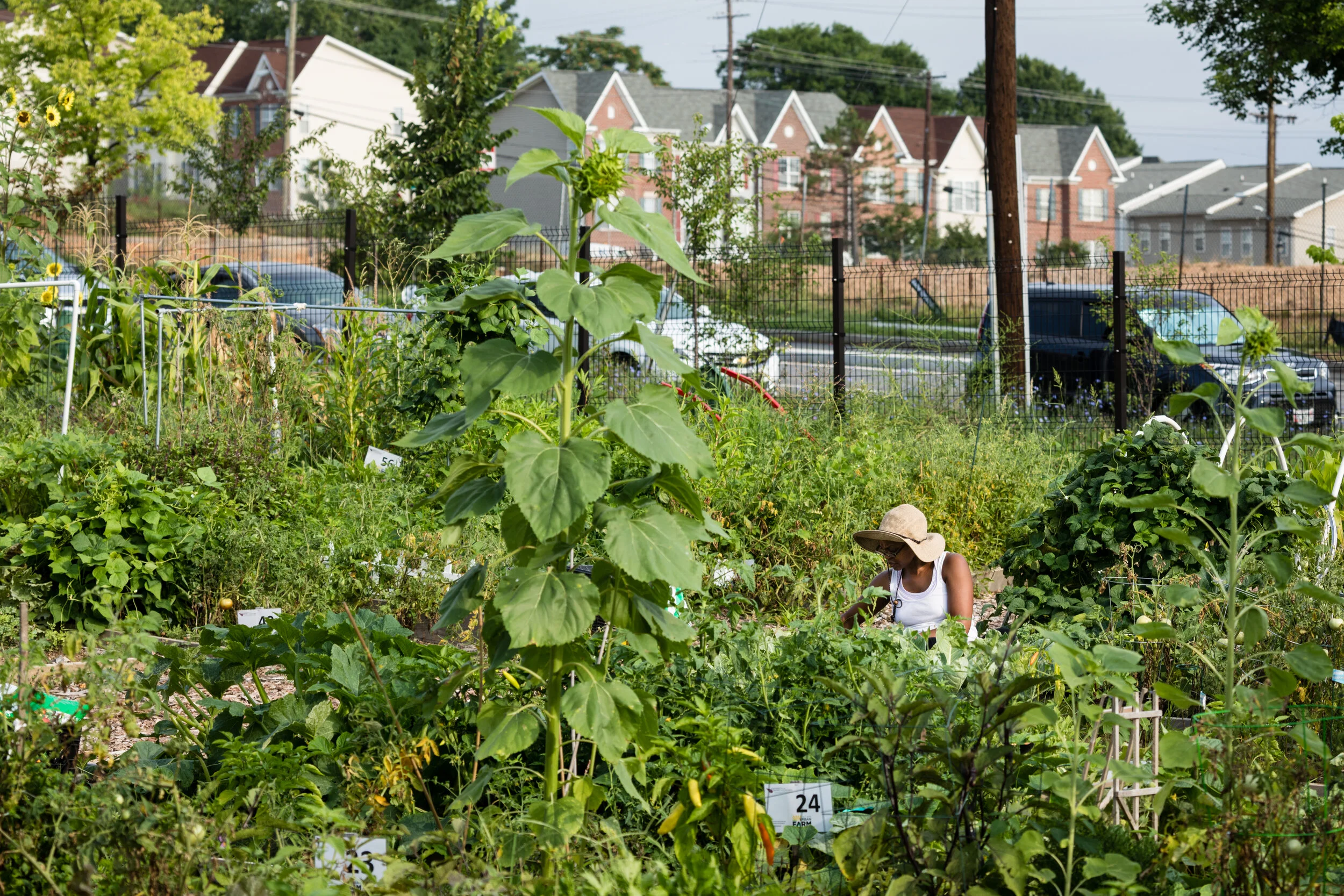Mastering JEDI
/DEIJ, JEDI, REDI; by now you may have heard these acronyms for the buzzwords diversity, racial equity, inclusion and justice.
Many nonprofits and organizations in the environmental sector are shifting their internal cultures, declaring mission statements, and developing work plans to create more inclusive workplaces, prioritize environmental justice, and become more equitable partners in communities around the Chesapeake Bay watershed. HerChesapeake, an organization working at the intersection of feminism and environmentalism, creates safe spaces to share experiences and facilitate conversations around these issues.
On November 19, HerChesapeake hosted a panel discussion about diversity, equity, inclusion and justice. The panel included Erin O’Grady from the Alliance for the Chesapeake Bay, Tuana Phillips from the Chesapeake Bay Program/Environmental Protection Agency, and Andrea van Wyk from the National Aquarium.
To set the tone for the discussion, attendees acknowledged a shared agreement to be mindful, respectful and understanding, and terms were defined to create a shared understanding of the context of the conversation, with definitions inspired by the Ford Foundation:
Diversity is the representation of various identities and differences (i.e race, ethnicity, gender, disability, sexual orientation, gender identity, etc.)
Equity seeks to ensure fair treatment and fairness in access to resources for all
Inclusion builds a culture of belonging and to include various perspectives and voices
Justice the fair treatment and meaningful involvement of all people, with respect to environmental laws, regulations, and policies
The panelists shared their work to motivate and coordinate staff, board members and funders to adopt organizational and programmatic changes in support of diversity, equity, inclusion, and justice. Erin O’Grady recommended seeking formal support of DEIJ from organization leadership, such as a signed agreement by a nonprofit’s board of directors. This creates an accountability structure for staff and endorses the work it takes to make DEIJ a priority.
Building that accountability may require conversations to build a common understanding about why this work is so necessary and how it complements Chesapeake Bay ecosystem goals. Andrea Van Wyk explained, “It’s important to call people in, rather than call people out.” This means bringing people into the DEIJ conversation with humility, love, and understanding. To create the space to have these kinds of conversations, Tuana Phillips advised, “Be transparent, be intentional, and get comfortable with being uncomfortable.”
Tuana also shared resources that can help Chesapeake Bay organizations start or continue their DEIJ journey. These include Green 2.0, a study dedicated to sharing the internal workings and staff demographics of environmental organizations, and the DEIJ in Action Guide that can help organizations develop strategies to become more equitable and inclusive. Some organizations may find it valuable to hire an external consultant to conduct training or assessments, particularly if an organization is meeting resistance to DEIJ strategies, dealing with tokenism, or facing staff exclusion from organization decision-making.
DEIJ work can be difficult and exhausting, but it is critical to be inclusive and intentional to avoid misunderstandings and conflict. Wherever you are on your own personal journey or within your organization, keep in mind these words from Maya Angelou, “I've learned that people will forget what you said, people will forget what you did, but people will never forget how you made them feel.”


